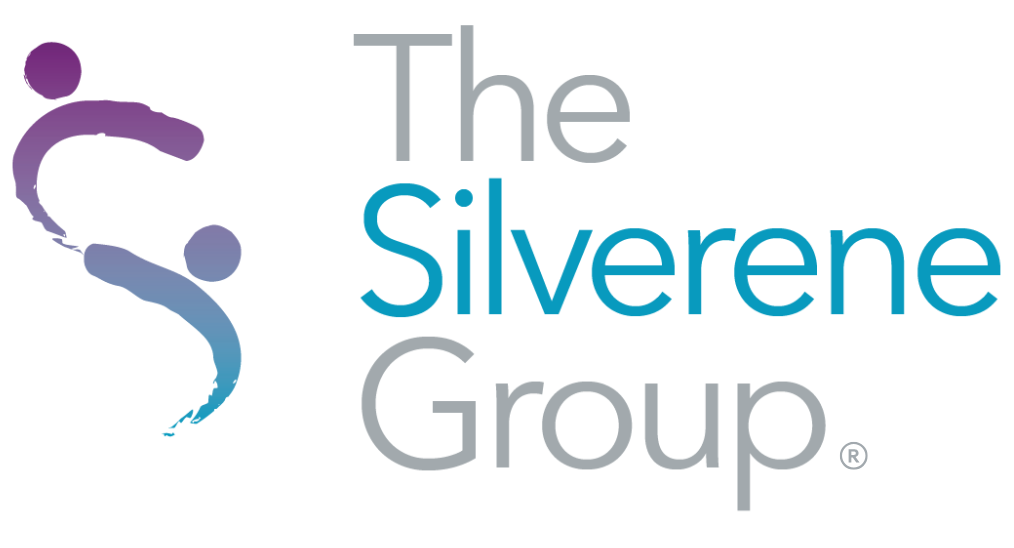
12 May Leading the Way in Supporting Women at Work
As a working mother, I think about how we can support companies in leading the way to support working women. This Mother’s Day was unique—moms across the world have been working harder than ever to cope with the additional challenges presented by COVID-19. Many working moms have suddenly been charged with balancing childcare with their job, as schools have been closed for months. So it felt appropriate that this month we talk about the important work that women are doing, and how we can take our efforts even further.
Women of every generation are making incredible contributions to their organizations at all levels. From CEOs leading the way, to entry-level staffers eager to make their mark, we have a lot to be proud of both as individuals and as a group.
But there’s cause for concern despite this progress. Three days before International Women’s Day, the last female Democratic candidate in the U.S. presidential race dropped out. Countries ranging from India and Israel to Liberia and the Philippines first elected female leaders decades ago. Finland has had three female leaders, including one who was briefly the youngest head of state in the world. Yet, in the U.S., women have not yet been able to crack what one two-time presidential candidate called “that highest, hardest glass ceiling.”
When it comes to the glass ceiling in business, Marilyn Loden—who coined the term more than 40 years ago—points to a surprising reason this phenomenon persists. She acknowledges that men, women, and institutions have to address unconscious bias that keeps women out of leadership roles, but a big part of the problem is women not supporting other women.
When you look around your organization, what structures are in place to make it possible for female staff members to support one another?
Writing in The Harvard Business Review, Anne Welsh McNulty notes not just the obvious benefit for junior staff members, but says, “sponsors gain as well, by becoming known as cultivators of talent and as leaders. Importantly, organizations that welcome such sponsorship benefit too — creating a culture of support, and where talent is recognized and rewarded for all employees.”
A study from S&P Global Market Intelligence found that firms with greater gender diversity on their board are more profitable and companies with female CEOs and CFOs outperform on stock price compared to the market average.
Building a culture of support for all employees, and for female employees in particular, means being intentional and open minded about changes your company may need to make. A study from S&P Global Market Intelligence found that firms with greater gender diversity on their board are more profitable and companies with female CEOs and CFOs outperform on stock price compared to the market average.
Even with this hard data, there’s a huge gap between the number of women in the workforce and the number of women in leadership roles. Women make up almost 60% of the civilian work force according to federal data but only one-third of the 27 million firms in the U.S. are owned by women.
The Wall Street Journal, and others, have reported on the small number of female CEOs and slow progress in improving those numbers. Less than 6% of leaders at the 3,000 top companies in the U.S. are women. Though women are better represented in some C-suite roles, especially HR and marketing, they’re less likely to be in key roles with profit-and-loss responsibility. These P&L roles are often a critical stepping stone to the CEO position. Even when women are considered for chief executive roles, in some cases, it takes longer for boards to select female candidates rather than male ones.
In the best circumstances, when companies make genuine efforts to attract more women there can still be significant roadblocks when it comes to retaining them.
As important as it is for women to support other women in the workplace, men have a critical role to play, too. Men can, and should, be advocates and allies for the women in their organization. In the wake of the MeToo movement, we’ve all heard stories about men who think it’s smarter and safer to keep their distance and not engage with female colleagues in a professional way that could be misconstrued. This will, unfortunately, have many downstream negative consequences.
If your organization doesn’t have a program in place for mentoring or sponsorship, this is an ideal time to start one and make clear the types of support this could entail.
We definitely need to make systemic changes in society. And considering the fact that the entire global economy has just been disrupted, we have a unique opportunity to break from norms that shaped the past. Companies can lead the way and take this opportunity to stress that mentorship and advocacy help both men and women and also help the company’s bottom line as talented and committed colleagues pass on their knowledge and expertise. Ironically, the risk of gender bias is greater if women are denied the same access to mentoring and similar opportunities that men have. If your organization doesn’t have a program in place for mentoring or sponsorship, this is an ideal time to start one and make clear the types of support this could entail.
As we begin to rebuild in the wake of this crisis, leaders should remember that recruiting, developing and promoting female staff members just makes good business sense. And, if you are a woman, make it a priority to mentor, coach and support other women.
Shaara Roman is founder and managing director of The Silverene Group, a culture consultancy that helps companies align their people programs with business goals.



